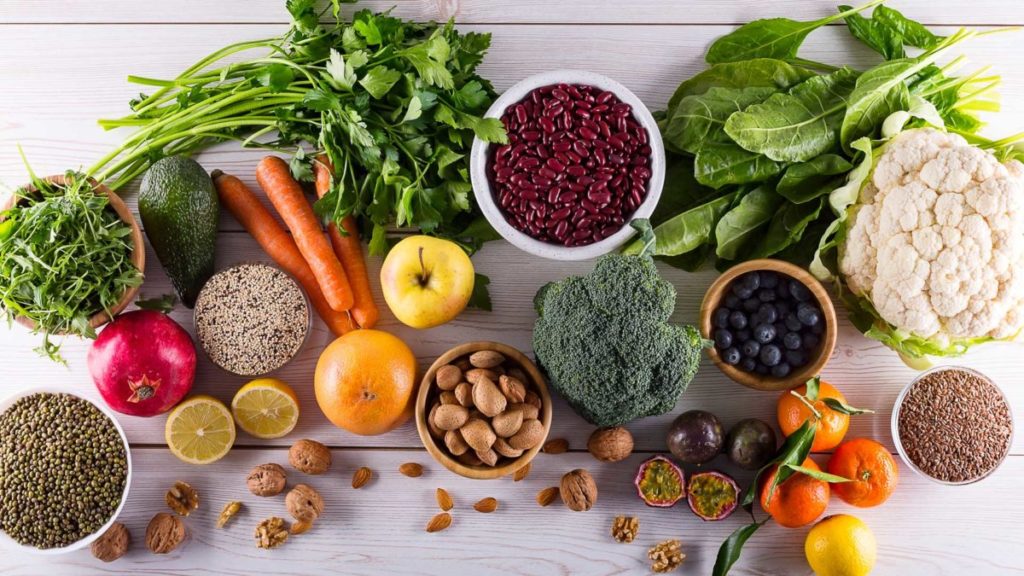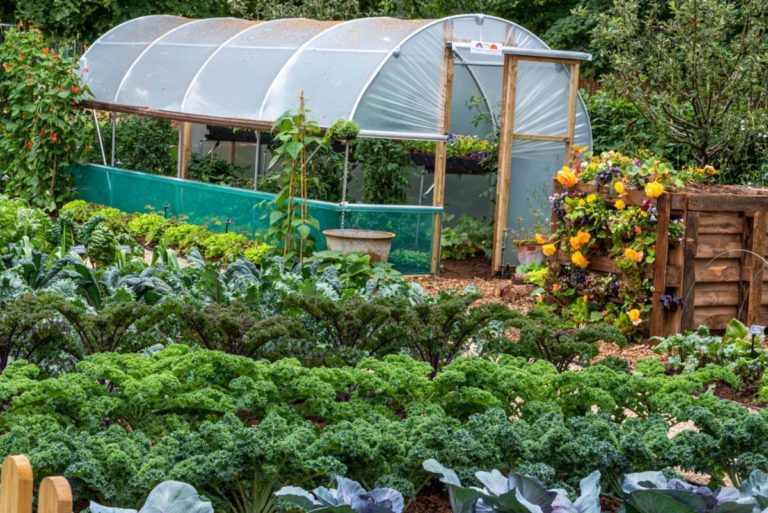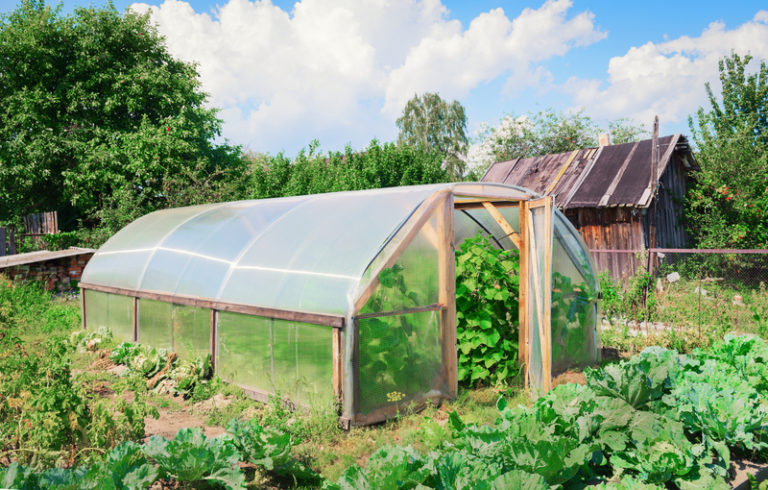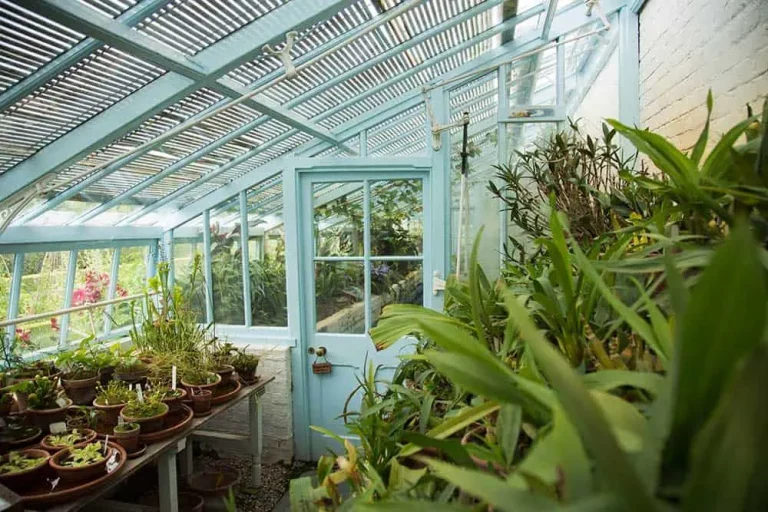Growing your own nutrient-dense food at home can be a game-changer for your health and wellbeing.
With the rising demand for organic, locally-sourced produce, small space gardening has become an increasingly popular trend.
However, many people struggle to grow their own food due to limited outdoor space or lack of knowledge on how to get started.
That’s why we have created this comprehensive guide to help you overcome these challenges and start growing nutrient-dense food in even the smallest of spaces.
Choose the right crops
Select vegetables, fruits, and herbs that thrive in compact spaces and produce high yields, such as lettuce, spinach, cherry tomatoes, and patio strawberries.
Lettuce and spinach are excellent choices, as they grow quickly and can be harvested in as little as 20 days.
Cherry tomatoes are another great option, producing high yields of delicious fruit in just 60 days.
Patio strawberries are also a great choice, producing sweet and juicy berries in just 60 days.
These crops are perfect for small gardens and will provide a bountiful harvest in a compact space.
By selecting the right crops, you can enjoy a productive and rewarding gardening experience in even the smallest of spaces.
Use containers
Growing in containers is ideal for small spaces, as it allows you to move plants around and utilize vertical space. Choose containers with good drainage and use a well-draining potting mix.
Using containers is an excellent option for gardening in small spaces, as it allows you to move plants around and utilize vertical space.
Choosing containers with good drainage and using a well-draining potting mix can help prevent waterlogged soil and root rot.
Consider using self-watering containers or those with built-in drainage holes to make caring for your plants even easier.
Choose containers that are lightweight and easy to move, such as plastic or resin pots, or opt for vertical gardening systems that can be hung on walls or placed on balconies.
With a little creativity and the right containers, you can grow a thriving garden even in the smallest of spaces.
Optimize lighting
Even in small spaces, you can still provide adequate lighting for your plants. Consider using LED grow lights, which are energy-efficient and can be placed close to plants.
When it comes to lighting for indoor plants, adequate illumination is essential for healthy growth and development.
Even in small spaces, you can still provide adequate lighting for your plants by choosing the right type of lighting.
LED grow lights are a popular choice among indoor gardeners because they are energy-efficient and can be placed close to plants.
LED grow lights offer several benefits over traditional grow lights, including lower energy consumption, longer lifespan, and the ability to be hung close to plants without overheating.
By using LED grow lights, you can ensure that your plants receive the right amount of light spectrum and intensity, promoting healthy growth and productivity.
LED grow lights are designed to emit minimal heat, which helps to maintain a cool and comfortable growing environment for your plants.
Overall, optimizing lighting with LED grow lights is a simple yet effective way to improve the health and productivity of your indoor plants.
Improve soil quality
Use high-quality potting mix and compost to improve soil health and fertility. This will help your plants grow more robustly and produce better yields.
To improve soil quality and enhance fertility, use high-quality potting mix and compost.
This will not only improve soil structure and drainage but also provide essential nutrients for healthy plant growth.
The high-quality potting mix will contain a blend of organic matter, such as peat, perlite, or vermiculite, which will help retain moisture, supply nutrients, and promote healthy root development.
Compost, rich in organic matter and beneficial microorganisms, will further augment soil fertility by breaking down plant residues and other organic materials into nutrient-rich humus.
This will create a balanced and nutrient-rich soil environment that promotes robust plant growth, higher yields, and better disease resistance.
By investing in high-quality potting mix and compost, you’ll be giving your plants the best possible start in life, setting them up for healthy growth and bountiful harvests.
Water wisely
Overwatering is a common mistake in small-space gardening. Water your plants deeply but infrequently to encourage deep root growth and prevent waterlogged soil.
Overwatering is a common mistake in small-space gardening, but by watering your plants deeply but infrequently, you can encourage deep root growth and prevent waterlogged soil.
This approach may seem counterintuitive, as many gardeners are used to watering their plants frequently, but it is essential to mimic the natural water cycle as closely as possible to promote healthy plant growth.
When you water deeply but infrequently, your plants will develop deep roots that can tap into underground water sources, making them more resilient to drought and other environmental stressors.
Allowing the soil to dry out between waterings helps to prevent waterlogging, which can be harmful to plant roots.
By watering wisely, you can create a healthy and thriving small-space garden that requires minimal maintenance and yields optimal results.
Utilize trellises and cages
Train your plants to climb up trellises or use cages to maximize space and promote better air circulation. This also helps keep the plants off the ground and out of the way.
Maximize your space and promote better air circulation by utilizing trellises and cages for your plants.
Instead of allowing them to sprawl across the ground, train them to climb up a trellis or utilize a cage to keep them off the ground and out of the way.
This not only maximizes space but also helps improve air circulation around the plants, which can prevent fungal diseases and improve overall plant health.
Trellises and cages can be made from a variety of materials, such as wood, metal, or plastic, and can be customized to fit your specific growing needs.
Using trellises and cages can make it easier to maintain your plants and harvest their fruit or flowers, as the branches will be neatly organized and easily accessible.
So, consider investing in some trellises and cages to elevate your plants and increase your yield.
Employ vertical gardening
Make the most of your space by growing vertically. Use wall-mounted planters or trellises to cultivate vining plants like peas, beans, and cucumbers.
Growing vertically through the use of wall-mounted planters or trellises can be an extremely effective way to maximize your space, particularly if you have a limited outdoor area or live in a small urban space.
By utilizing vertical gardening methods, you can cultivate vining plants like peas, beans, and cucumbers that would otherwise require a large amount of horizonal space.
This not only helps to make the most of your available space, but it also creates a unique and visually appealing garden design.
Plus, many vining plants have a natural tendency to grow upwards, so they will thrive in vertically-mounted planters or trellises.
This gardening method is especially ideal for small-space gardeners, city-dwellers, or anyone who wants to add a touch of vertically-integrated greenery to their outdoor space.
By incorporating vertical gardening into your outdoor design, you can make the most of your limited space, while also enjoying an array of delicious and nutritious vining plants.
Implement integrated pest management
Keep your small space garden healthy and pest-free by introducing beneficial insects like ladybugs and lacewings to control harmful ones. Use organic pest control methods before resorting to chemicals.
Implementing integrated pest management (IPM) techniques in your small space garden is a important step towards maintaining a healthy and pest-free garden.
One of the most effective methods of IPM is to introduce beneficial insects, such as ladybugs and lacewings, to control harmful pests like aphids and whiteflies.
These beneficial insects feed on the harmful pests, effectively controlling their populations without the use of harmful chemicals.
To attract these beneficial insects, you can plant flowers that are rich in nectar and pollen, such as lavender, dill, and fennel, as well as provide shelter and food sources for them, like tall grasses and leafy greens.
You can use organic pest control methods like introducing predator nematodes, which are microscopic worms that attack and kill pest insects, or spraying soapy water to control pests.
By implementing these IPM techniques, you can maintain a healthy and pest-free garden without resorting to harmful chemicals.
Want More? Dive Deeper Here!
Hey there! If you’re the type who loves going down the rabbit hole of information (like we do), you’re in the right spot. We’ve pulled together some cool reads and resources that dive a bit deeper into the stuff we chat about on our site. Whether you’re just killing time or super into the topic, these picks might just be what you’re looking for. Happy reading!






